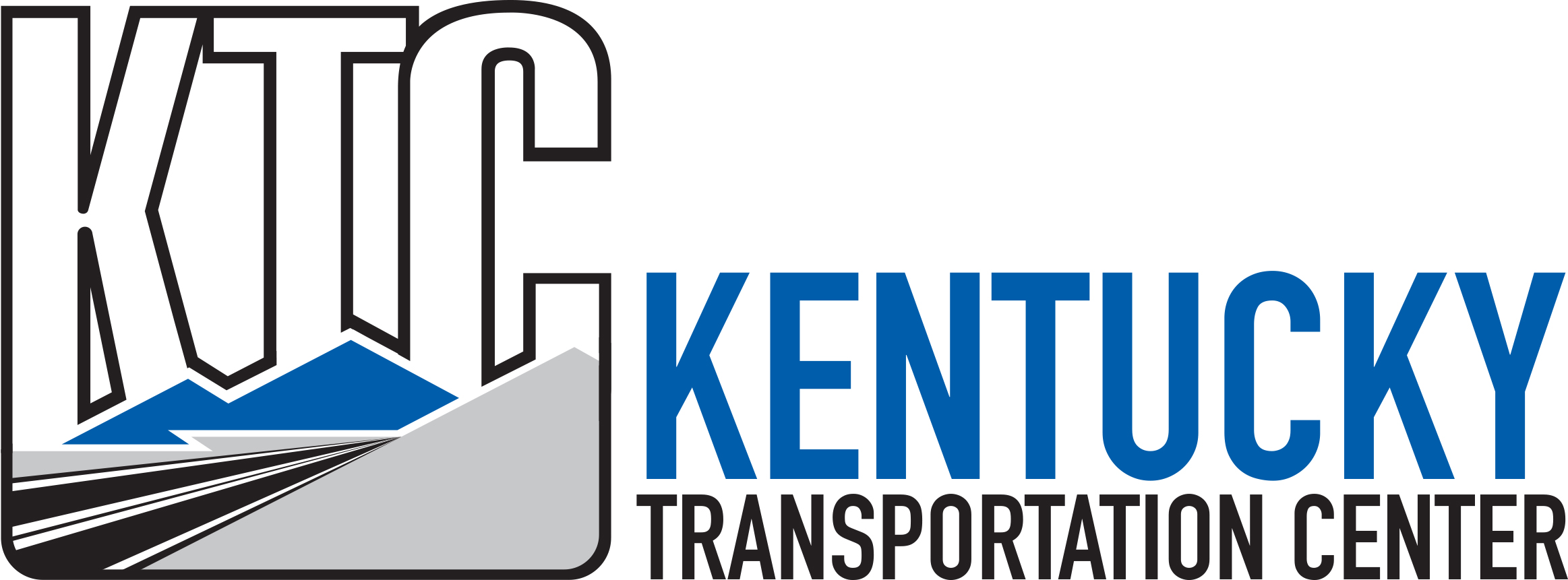Abstract
Shales have been used extensively in the construction of highway embankments, and other earthen structures, because of the vast amounts of these materials located in many areas of the country and the lack of economical and alternate available materials. Because shales exhibit a wide range of engineering properties and behaviors, many problems have occurred. Numerous shale embankment failures have occurred generally some 1 to 10 years after construction. Settlements of 1 to 3 feet (0.3 - 0.9 m) have been observed in many old embankments and required numerous asphaltic overlays. Shale embankments that settle continuously have been observed to fail eventually. Each year millions of dollars are spent repairing embankments built with shales. This report presents a discussion of some of the research conducted by the University of Kentucky Transportation Center in the seventies and eighties and attempts to address some of the problems that arise in constructing shale embankments. A brief overview of the engineering properties of shales located in Kentucky is presented. Some important factors that need to be considered in designing and building shale embankments are briefly discussed. Finally, a description of the construction of three experimental shale embankments in 1986 is given. These embankments were constructed to evaluate a special shale compaction provision adopted by the Kentucky Transportation Cabinet to avoid large long-term settlements and instabilities. Observations of long-term settlements of the embankments are presented.
Report Date
1-1998
Report Number
KTC-98-2
Digital Object Identifier
http://dx.doi.org/10.13023/KTC.RR.1998.02
Repository Citation
Hopkins, Tommy C. and Beckham, Tony L., "Embankment Construction Using Shale" (1998). Kentucky Transportation Center Research Report. 337.
https://uknowledge.uky.edu/ktc_researchreports/337



Notes
The contents of this report reflect the views of the authors, who are responsible for the facts and accuracy of the data presented herein. The contents do not necessarily reflect the official views or policies of the University of Kentucky, the Kentucky Transportation Cabinet, nor the Federal Highway Administration. This report does not constitute a standard, specification, or regulation.